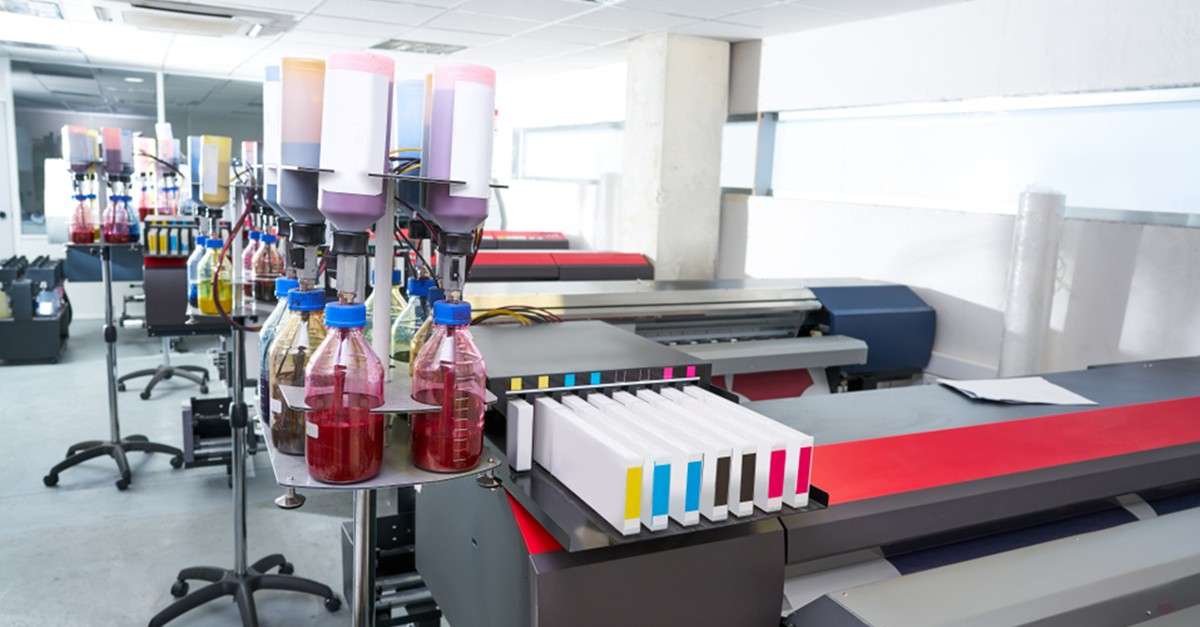The manufacturing landscape in South Asia is dynamic and ever-maturing, with three major players: Pakistan, Bangladesh, and India. Each strives to make a mark on the global stage. Get ready to venture on a fascinating journey through the intricate tapestry of South Asian manufacturing, where innovation, resilience, and ambition converge to shape the future of the global economy.
Overview of Pakistan’s Manufacturing Industry
Key Sectors
Pakistan’s manufacturing initiative comprises various sectors, such as textiles, fashion industry, automotive, food processing, and pharmaceuticals. Among these, the textile industry is the most significant portion of the country’s exports Also, the automotive sector has gained prominence, with several international automobile brands establishing assembly plants in the country.
Growth and Challenges
Pakistan has seen consistent growth in its manufacturing sector over the years. However, they have challenges such as energy deficiencies, a lack of infrastructure, and an unreasonably skilled workforce. Despite these, the government has introduced several initiatives to boost the manufacturing sector.
Investment Opportunities
Pakistan offers several investment opportunities for its manufacturers & exporters in knitwear industry, particularly in the automotive and textile sectors. The China-Pakistan Economic Corridor (CPEC) also presents prospects for investment in infrastructure development, which could stimulate growth in the country’s manufacturing sector.
Overview of Bangladesh’s Manufacturing Industry
Key Sectors
The manufacturing industry of Bangladesh is dominated by the ready-made garment (RMG) sector. Also include pharmaceuticals, ceramics, and shipbuilding. The country has also witnessed growth in the leather goods and footwear sectors.
Growth and Challenges
Bangladesh has experienced rapid growth in its manufacturing industry by booming the RMG sector. However, the country faces several challenges, including inadequate infrastructure, political instability, and a need for increased diversification.
Investment Opportunities
Bangladesh offers investment opportunities in sectors such as pharmaceuticals, shipbuilding, and information technology. The country’s strategic location and competitive labour costs make it an attractive destination for foreign investors.
Overview of India’s Manufacturing Industry
Key Sectors
India’s manufacturing industry is diverse, encompassing various sectors such as automotive, pharmaceuticals, textiles, chemicals, and electronics. The country is a global leader in many of these sectors, particularly pharmaceuticals and automotive.
Growth and Challenges
India’s manufacturing sector has been growing steadily, thanks to its vast labour force and favourable government policies. However, challenges such as poor infrastructure, bureaucracy, and labour issues persist. The government has been working to address these challenges through initiatives like the “Make in India” campaign, which aims to boost the manufacturing sector and attract foreign investment.
Investment Opportunities
India offers a wide range of investment opportunities in its manufacturing industry, with sectors such as pharmaceuticals, automotive, and renewable energy presenting significant potential. The country’s large consumer market, skilled workforce, and relatively low labour costs make it an attractive destination for investors.
Comparing Manufacturing Industries:
Industrial Diversification
India has a multiple diversified manufacturing industry among the three countries, followed by Pakistan and Bangladesh. This diversification allows India to have a more resilient and robust manufacturing sector. While Pakistan has a more diverse manufacturing base than Bangladesh, it still has room for improvement in diversifying its industries.
Export Dependency
Bangladesh’s manufacturing industry is heavily dependent on exports, primarily from its RMG sector. This reliance on a single sector makes the country’s economy vulnerable to fluctuations in global demand. In contrast, India and Pakistan have more diversified export bases, which contributes to their economic stability.
Skilled Workforce and Education
India and Pakistan have a larger skilled workforce compared to Bangladesh. However, India leads in terms of higher education and research, which contribute to its manufacturing sector’s growth and innovation. All three countries need to focus on skill development and education to sustain and enhance their manufacturing industries.
Infrastructure and Energy
All three countries face infrastructure and energy challenges that hinder their manufacturing industries’ growth. However, India has made more progress in addressing these issues compared to Pakistan and Bangladesh. Continued investment in infrastructure development and energy security will be crucial for the growth of their manufacturing sectors.
Government Policies and Ease of Doing Business
India has implemented various business-friendly policies and initiatives to boost its manufacturing sector, which has led to increased foreign investment. Pakistan and Bangladesh have also taken steps to improve their business environment, but they lag behind India in this regard. Streamlining regulations and promoting ease of doing business will be essential for attracting investment and fostering growth in their manufacturing industries.
Future Prospects and Potential
Pakistan
Pakistan has the potential to grow its manufacturing industry by addressing its energy and infrastructure challenges and focusing on skill development. Additionally, The China-Pakistan Economic Corridor (CPEC) is also expected to bring new opportunities for the country’s manufacturing sector, particularly in infrastructure and energy projects.
Bangladesh
Bangladesh has been making strides in sectors such as pharmaceuticals and shipbuilding, which could propel its manufacturing industry forward. Furthermore, Bangladesh can capitalize on its strategic location and competitive labour costs to attract foreign investment and develop new manufacturing sectors, such as electronics and light engineering.
India
India’s manufacturing industry is poised for significant growth, given its diversified sectors and supportive government policies. India also needs to focus on improving its infrastructure Developing a robust innovation ecosystem and fostering research and development will be crucial for maintaining India’s competitive edge in the global manufacturing landscape.
-
Conclusion
Pakistan, Bangladesh, and India each have their unique strengths and challenges in their respective manufacturing industries. While India leads in terms of diversification and overall growth, Pakistan and Bangladesh have shown potential for development in various sectors. By addressing their specific challenges, all three countries can continue to expand and strengthen their manufacturing industries, contributing to their economic growth and stability.


